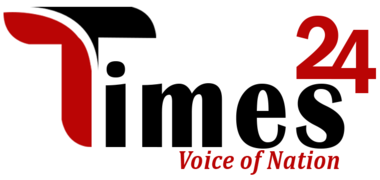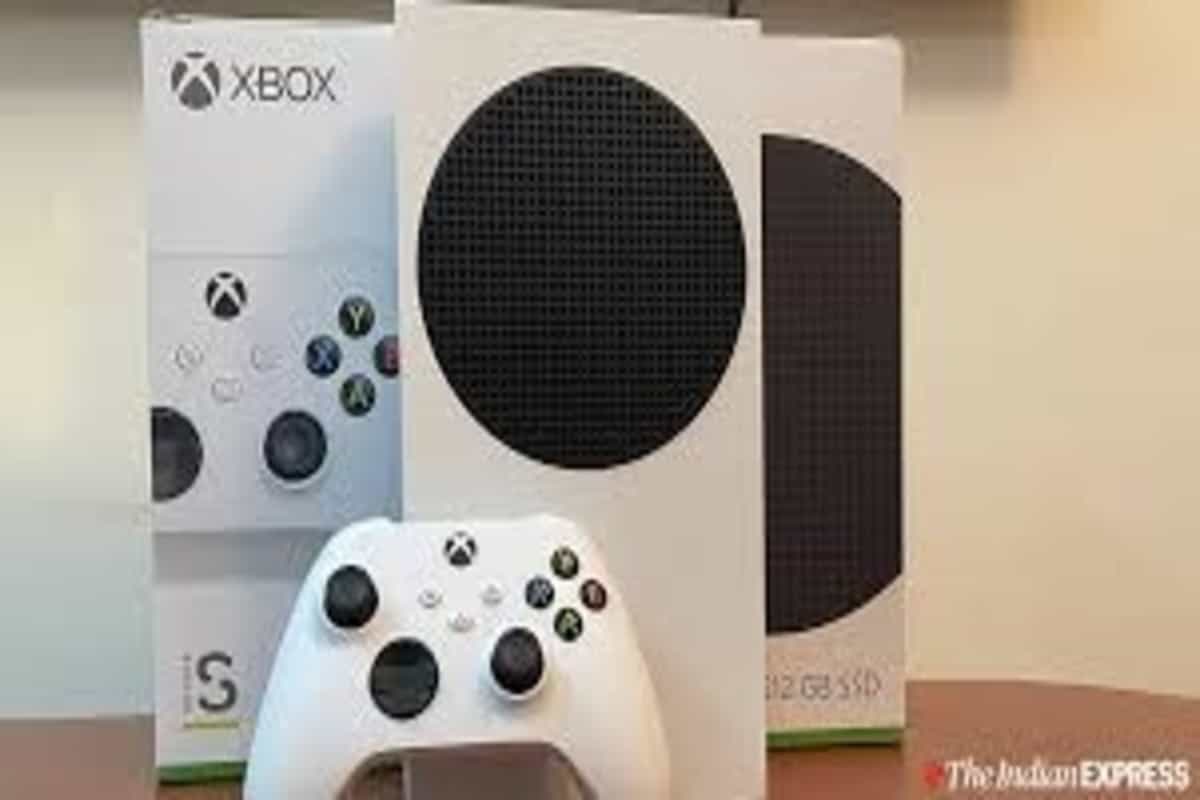For the past two days, I have been constantly thinking about the Xbox Series S, one of the two next-generation consoles launched by Microsoft. Not because I am super excited to review a new console but because I see in the Series S a new type of game console that hasn’t existed before. Sure, it’s not a Nintendo Switch killer but the Series S is a strange and bizarre console that might set the stage for Microsoft in its ambitions to introduce the Xbox brand to new consumers in India.
At Rs 34,990, the Xbox Series S may be an entry-level next-generation console but its impact could be far-reaching, provided Microsoft brings games that resonate with both hardcore fans and families. I have spent about 48 hours with the Xbox Series S and while I am nowhere close to giving my final verdict, I did enjoy my time with Microsoft’s smallest Xbox console ever made. Here is my first impression of the disc-less Xbox Series S.
A small console
When I first unboxed the Series S, I refused to believe it a next-generation console. I knew it would be small in size but it’s really tiny. The Series S is slightly bigger than the size of a paperback book (for reference, Walter Isaacson’s biography of Steve Jobs), so you don’t have to rearrange the TV shelf to accommodate the console. If you haven’t seen one in person, it is hard to describe the Series S but close-up shots should definitely give you some design details.
The good thing about the Series S is that you can stand it vertically or lay it flat. The boombox looking console is white in colour and has a black circle in the center. The back circular ring isn’t there for aesthetics. It’s there for ventilation for the console. On the rear side of the Series S, you will find two USB-A ports, an HDMI output, a storage expansion, the power port and an Ethernet jack. At the front, there is a single USB-A port and no disk drive (more on this later).
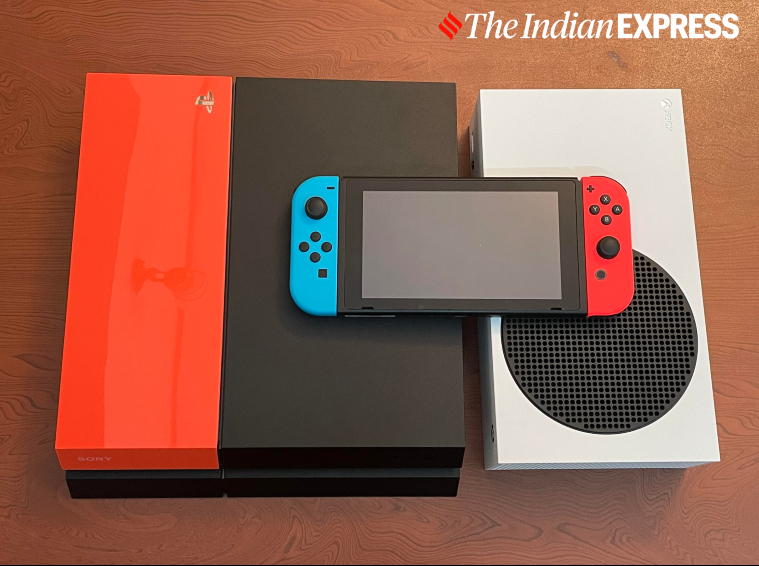 My Nintendo Switch is in the middle of the PS4 (left) and Xbox Series S (right). (Image credit: Anuj Bhatia/Indian Express)
My Nintendo Switch is in the middle of the PS4 (left) and Xbox Series S (right). (Image credit: Anuj Bhatia/Indian Express)
A familiar controller
The new Series S ships with the latest Xbox controller, though not much has changed. It looks similar to the controller that comes with the Xbox One X but now there’s a dedicated share button, an updated D-pad and a USB-C port. The share button is a welcome move, because now I can quickly share screengrabs and clips with friends or save them directly on OneDrive. But one big issue with the Xbox controller is that it still uses AA-batteries. That means I need to purchase rechargeable batteries from time to time. Though I must say the Xbox wireless controller feels good in the hands.
It’s 2020, and a console like the Xbox Series S still come with the controller that uses AA batteries.
A disc-less console
The Series S is a disc-less console, meaning you won’t be able to play physical copies of games. I don’t know how you see this, but I am very much comfortable with the idea of having digital-only consoles. Over the past few months, I purchased more digital-only games for my PS4 and it itself proves that physical games have become optional. I am not going to say physical games are dead for me but now I have the option to download full games directly from Microsoft and Sony. The key question is: how many people are willing to buy a digital console? I believe Microsoft is fully aware of the challenges of selling digital-only console. Buying the Series S is worth it if you have a fast broadband connection at home and you are someone who has stopped buying physical games completely. For me, the Series S makes a lot of sense because I have a pretty fast internet connection and I have subscribed to Xbox Game Pass Ultimate, a subscription service that gives you access to more than 100 games to download and play on your console/or PC on a monthly basis.
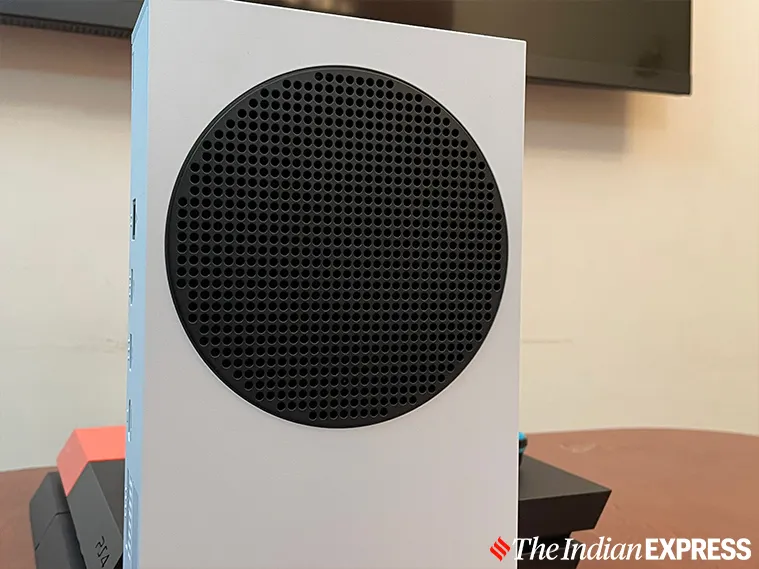 The Series S is a disc-less console. (Image credit: Anuj Bhatia/Indian Express)
The Series S is a disc-less console. (Image credit: Anuj Bhatia/Indian Express)
Limited storage
One of the big highlights of the Series S is the use of a 512GB NVME solid-state drive (SSD). I can clearly see how quickly games load on the console. I have played Forza Horizon 4, a title optimised for the Xbox Series X/S and it only takes a few seconds for the game to load. My big qualm is that a 512GB SSD storage will fill fast. What’s worse is that only 364GB of that 512GB storage will be user-accessible for storing games and apps. Suppose I download a game that takes up 90GB, I fear I will run out of storage in a matter of a few days. The only option to expand the storage is to get a 1TB storage card that itself costs $220.
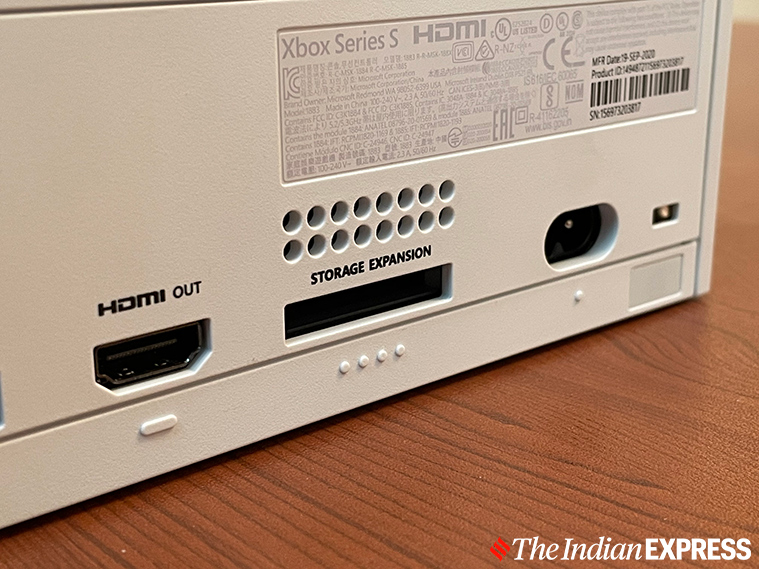 The Series S comes with a 512GB SSD storage. (Image credit: Anuj Bhatia/Indian Express)
The Series S comes with a 512GB SSD storage. (Image credit: Anuj Bhatia/Indian Express)
Designed for 1080p TVs
While both Series X and Series S have the same user interface and ultra-fast NVMe SSD that drastically improve performance and load times, the two next-gen consoles are different in nature. The reason: the Series S is designed for 1080p TVs. In simple terms, the Series S’s hardware does not support true 4K gaming. Instead, the console can maximum support a 1440p monitor/TV at up to 120FPS. But don’t worry, I played Forza Horizon 4 and it looks stunning on my 4K TV. The Series S upscales the content to fit a 4K TV.
 The Series S supports a maximum of 1440p resolution at 120 frames per second. (Image credit: Anuj Bhatia/Indian Express)
The Series S supports a maximum of 1440p resolution at 120 frames per second. (Image credit: Anuj Bhatia/Indian Express)
Weaker than the Series X but still a capable console
The Series S is less powerful than the Series X, and Microsoft isn’t hiding this fact in any way. The Series X has an 8-core Zen 2 at 3.8GHz; the S has the same one but maxed at 3.6GHz and it only features 10GB of RAM versus 16GB on the Series X. The biggest difference apart from the lack of the disc drive on the Series S is the GPU in the smaller console. While both new next-gen consoles feature custom AMD Radeon RDNA 2 architecture, the Series X’s GPU 52 cores clocked at 1.825GHz for 12 teraflops and the Series S’ GPU has only 20 cores clocked at 1.565GHz for 4 teraflops. But that does not change my perception towards the Series S. At the end of the day, the Series S can play the same next-generation titles as the Series X. Like the Series X, the Series S is also backward compatible with every Xbox One game; plus, it can also play Xbox 360 and original Xbox games.
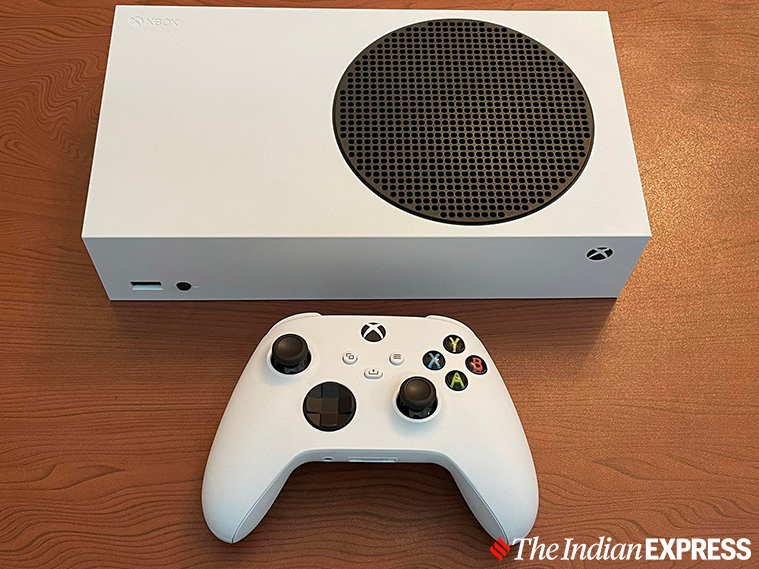 Many titles have been optimised for the Series S that run smoother and faster on the console, but the next-gen games are yet to make an appearance. (Image credit: Anuj Bhatia/Indian Express)
Many titles have been optimised for the Series S that run smoother and faster on the console, but the next-gen games are yet to make an appearance. (Image credit: Anuj Bhatia/Indian Express)
Impressions after 48 hours
It’s almost 48 hours since I set up the Xbox Series S. In the past two days, I have played a couple of optimised Xbox Series S games. The hardware improvements and a fast SSD do help run existing games faster and smoother on the console. But the Xbox Series S currently lacks is the next-gen titles that are still not out yet. I will have more on the Series S, gameplay, optimised games, quick resume and the potential of the disc-less console in my detailed review. It will be out on Monday, November 16.
